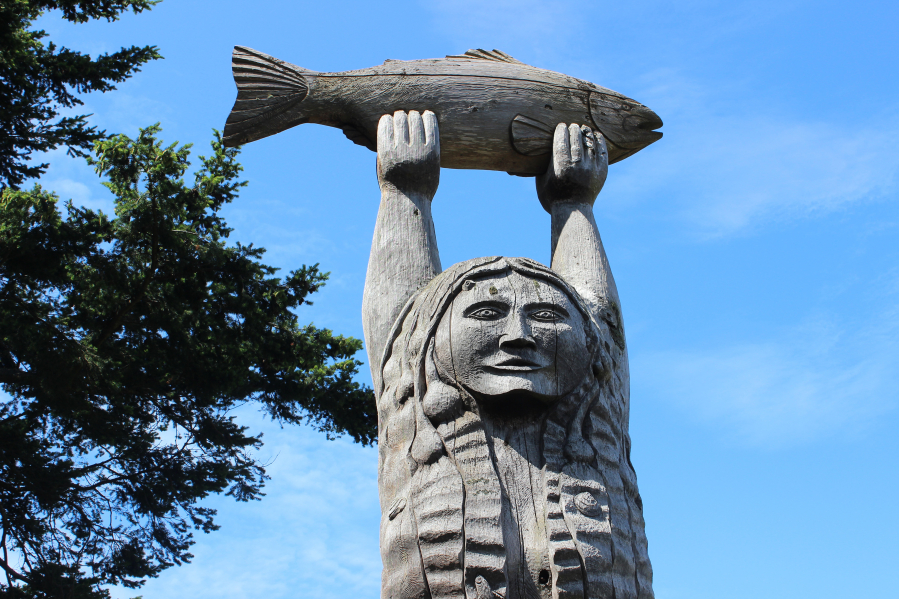DECEPTION PASS STATE PARK — High chair affixed to a picnic table, my daughter ate bite-size portions of shrimp scampi cooked over a portable stove before my wife and I tucked her into a travel crib zipped inside a tent in the Cranberry Lake Campground. On her first night camping, crashing waves and tree-rustling wind generated white noise better than any baby gadget.
The next day, we hiked out to Rosario Head, passing a picnic shelter where four years prior my wife’s family and mine met for the first time days before our wedding. Together they broke bread — or cracked claws — at a seafood boil. This solid stone structure, with windows framing the captivating blue waters beyond Rosario Beach, embodied the Pacific Northwest landscape that we wanted to convey to our families, who were visiting the region for the first time.
We are far from the first and certainly will not be the last Washingtonians drawn to Deception Pass. On 3,854 acres just 90 minutes from Seattle, this park is a highlight reel: mesmerizing saltwater passages spanned by an engineering marvel, tranquil freshwater lakes and ponds for swimming and fishing, craggy headlands with panoramic views, long stretches of beach, ephemeral tide pools and lush old-growth stands.
This year marks 100 since Washington State Parks turned the old military reserve, long the traditional land of the Samish and Swinomish tribes, into a state park. On July 23, the park and its foundation held a community picnic at East Cranberry Lake, the same place the park designation was celebrated in 1922. Deception Pass has been Washington’s most popular state park ever since, with visitor numbers today that rival the country’s most popular national parks and create management challenges for the lean staff.



